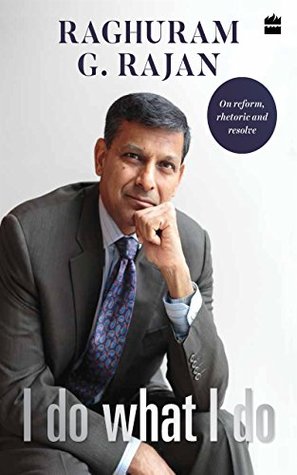The first was between successive governments and the banks, whereby banks got privileged access to low-cost demand and time deposits, to the central bank’s liquidity facilities, as well as some protection from competition, in return for accepting obligations such as financing the government (through the Statutory Liquidity Ratio or SLR), helping in monetary transmission (through maintaining the Cash Reserve Ratio or CRR), opening branches in unbanked areas and making loans to the priority sector.
Welcome back. Just a moment while we sign you in to your Goodreads account.


